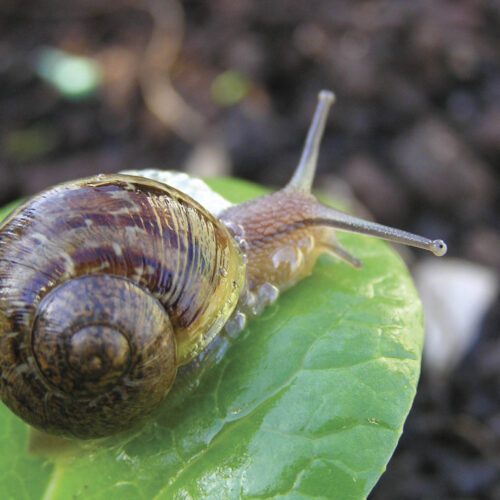Controlling fruit fly
2016-10-03T05:24:42+11:00
It's time to start thinking about protecting your summer crops from fruit fly. Justin Russell has a few solutions that will help.
When it comes to homegrown fruit, public enemy number one in my part of the world is Queensland fruit fly. If you’re new to Q-Fly, as it’s sometimes known, let me introduce you.
Bactrocera tryoni is a little wasp-like insect that’s about the same size as a housefly but is gold and black. It’s native to the rainforests of subtropical and tropical Australia, but with a warming climate and the expansion of commercial and backyard orchards, it has gradually spread into warm-temperate zones up and down the east coast and adjacent inland. It’s now endemic to parts of Victoria, and has even popped up a couple of times across the ditch in Auckland. On each occasion it was successfully eradicated.
Fruit fly is a major problem because of its breeding habits. Female flies mate, then buzz around looking for a nice bit of fruit in which to lay their eggs. These hatch into larvae, which feed on sugars in the flesh of the fruit and spread a bacteria that aids in the decomposition process. The result is rotten fruit. This falls to the ground, allowing the fly larvae to burrow into the soil where they pupate, then emerge about 10 days later as a new generation of adult flies. The entire lifecycle takes about a fortnight.
Fruit fly breeding cycle
Very dry weather puts a halt to the breeding cycle and heavy frost kills off overwintering adult flies. But in favourable areas that experience warm, wet summers, fly numbers build to plague proportions, ‘stinging’ and ruining pretty much every piece of fruit available.
Commercial growers and backyard orchardists alike once kept flies under control by using toxic pesticides such as Lebaycid. This was banned in 2015 by the Australian government, but many growers now use dimethoate as an alternative. This is a non-selective chemical, which essentially means that it kills any insect it comes into contact with. It is, therefore, highly toxic to bees and other beneficials.
Organic pest solutions
To control fruit fly organically, you have a few options. One is to create a physical barrier that prevents the female fly from accessing fruit. This technique is known as exclusion, and involves the use of fine-weave netting or small bags to protect ripening fruit. The former can be used to cover an entire tree/bush, or in the case of large trees, just a couple of individual branches. Bagging can be used to cover individual pieces of fruit, or fruit clusters. Exclusion is highly effective, if a bit fiddly.
As for chemical control, there are a few certified organic products available. These range from attractant baits that simply lure the flies and drown them in a trap (eg Cera Trap, Wild May), to baits that contain a lure, along with a naturally occurring pesticide called spinosad that kills flies when ingested (eg Eco-Naturalure, Nature’s Way Fruit Fly Control). Some gardeners swear by traps, others prefer baits. A combination of both might prove the best method of control.
It takes a village
The final piece of the fruit-fly puzzle is free, simple and within the grasp of every gardener – cleanliness. When it comes to fruit fly, it is next to godliness. If you diligently pick up every piece of fallen fruit from the ground and either solarise it in a plastic bag left in the sun or seal it in a bag and bin it, you’ll put a significant dent in your garden’s fly population.
The best advice I can offer is to see fruit-fly control in two ways – as a suite of techniques that work more effectively together than in isolation, and as an act of neighbourliness. It takes a village all working in unison to keep fly numbers down, so do your bit, and encourage your neighbours to play their part as well. Who knows, you might get a bag of beautifully ripe, organically grown fruit passed across the back fence for your trouble.
NB: Gardeners in WA and SA might encounter similar issues with Mediterranean fruit fly. This is an introduced pest, but is controlled similarly to Queensland fruit fly.






